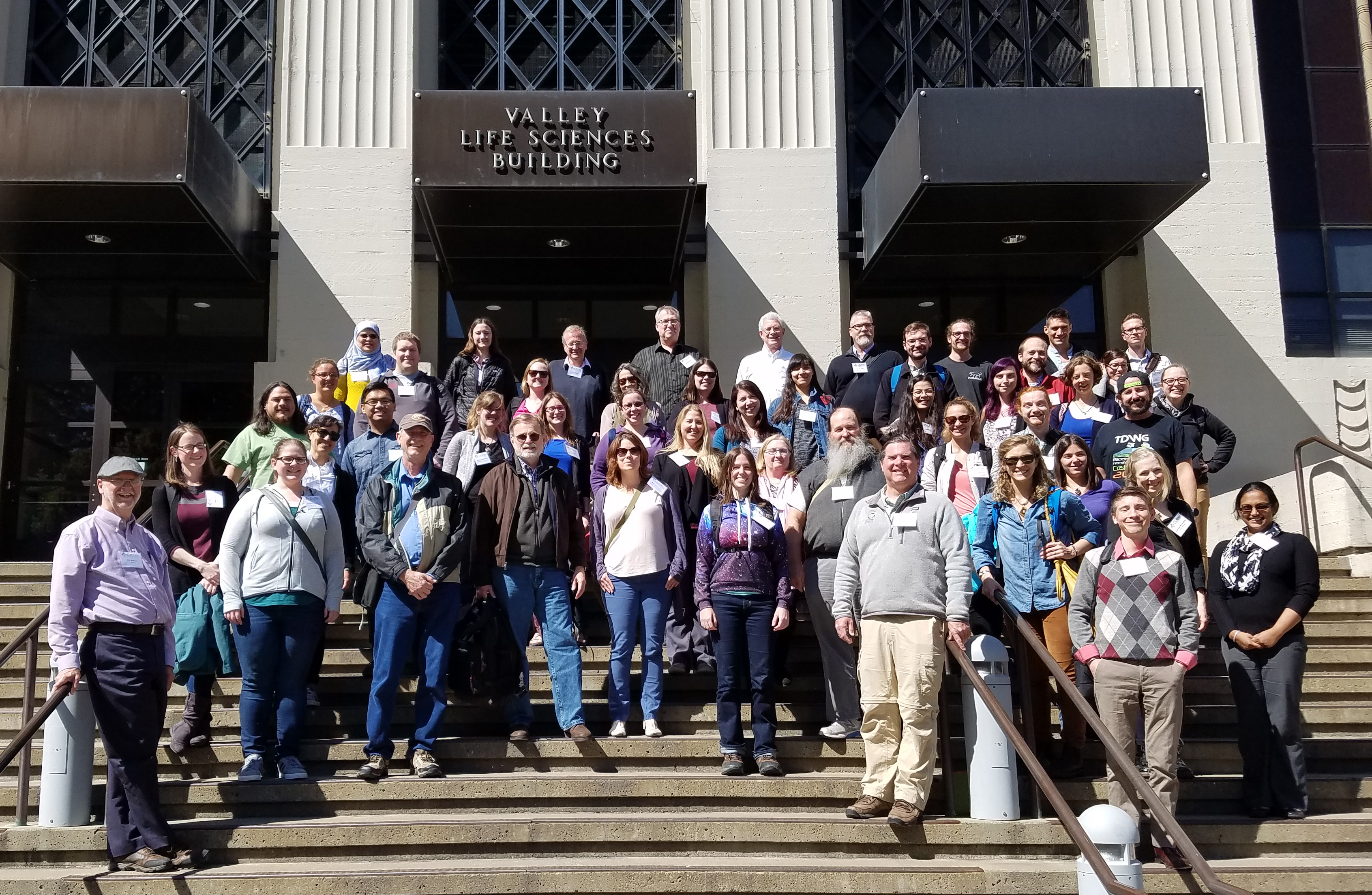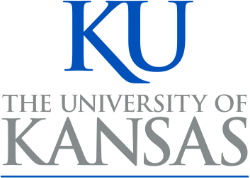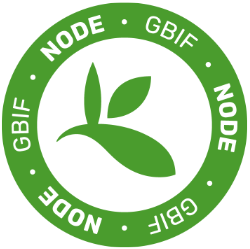Natural History Collections Club Network Workshop
The Natural History Collections Club Network (NHCCN) will be hosting a half day workshop at the annual meeting of the Society for the Preservation of Natural History Collections (SPNHC) in Denver, CO on Sunday, June 18th. The purpose of the workshop is to raise awareness of Natural History Collections Clubs and to recruit new clubs into the network. Content of the workshop will include guidelines and strategies for starting a new club and methods for becoming a part of NHCCN. We have funding to support two individuals each from seven institutions to attend the workshop and the SPNHC conference. This includes funding for your registration, room, and travel to SPNHC from June 17-June 24, 2017. The NHCCN is made of several clubs that are curator-advised, student-driven organizations aimed at enhancing local natural history collections by helping to train student volunteers to assist in curating and managing them. The network represents clubs from all types of universities but seems to most benefit those with small collections as a way to protect and raise enthusiasm for their collections. We are particularly interested in institutions with small collections and/or minority serving institutions but anyone is welcome to apply.
Link to Application: https://goo.gl/forms/zXtIv2kVM0TNYiou1
Please contact Kari Harris at kharris@astate.edu for more information.



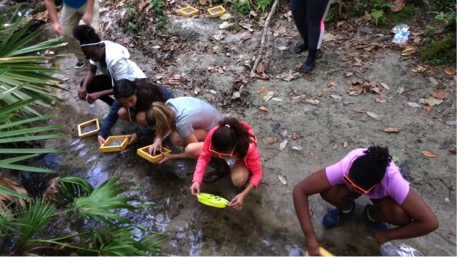
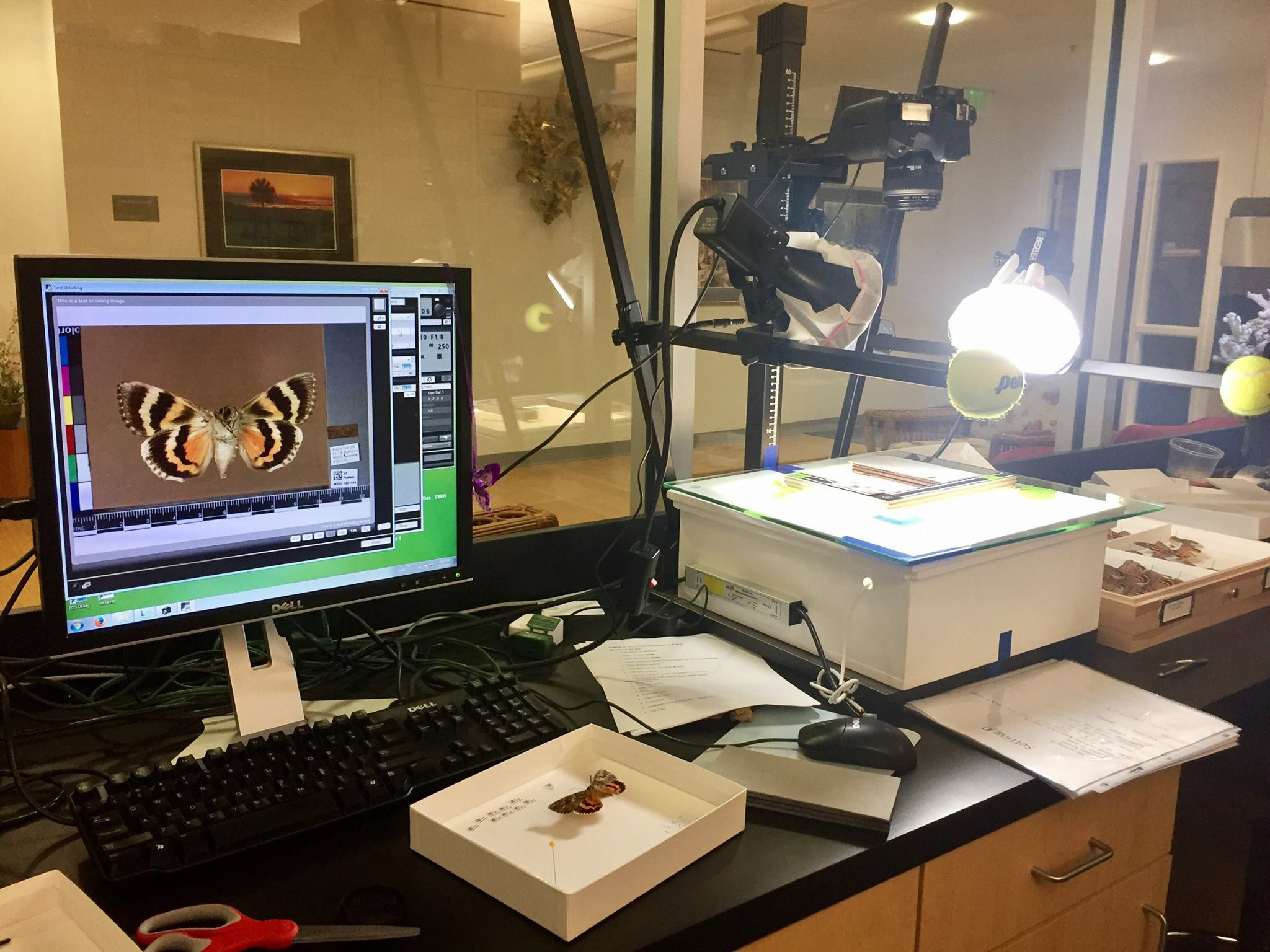

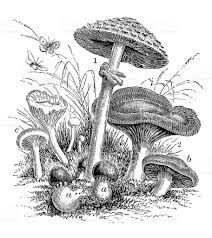
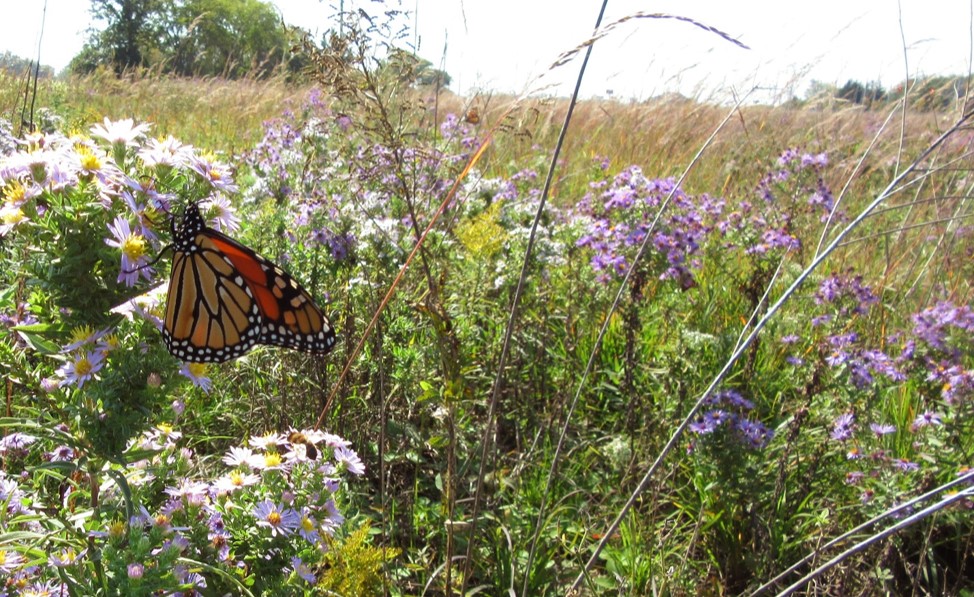
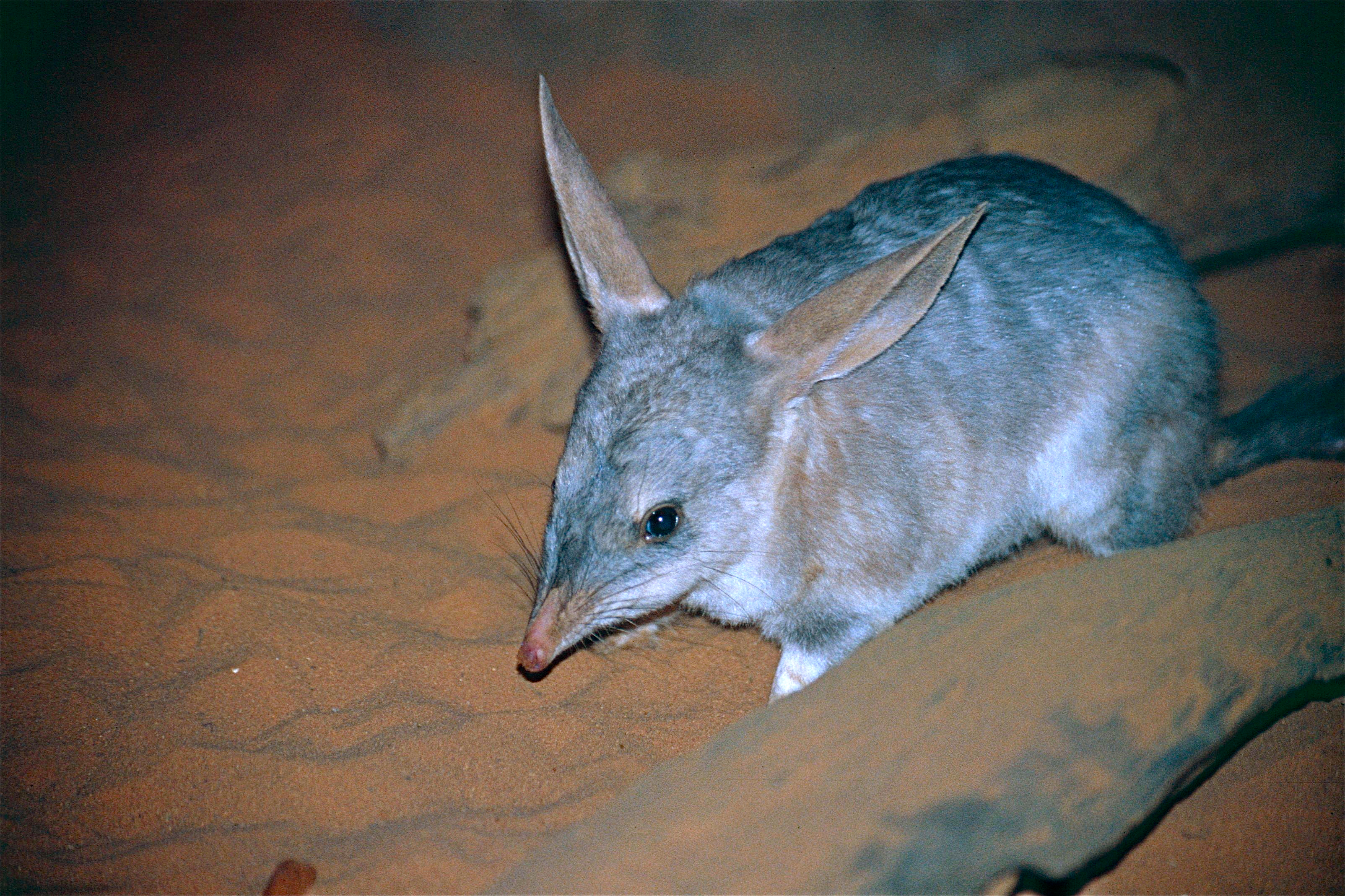 Image courtesy of
Image courtesy of 